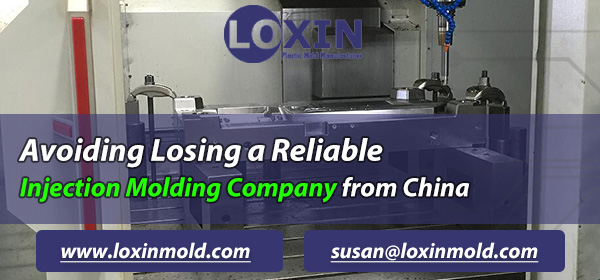The product identification does the critical work of communicating the position and brand of an item in the mall. Plastic signs may include messages, instructions, and many types of item data.
Moulded plastic type plates help distinguish your items and draw everyone’s attention. Before proceeding, you should take a close look at the plastic injection China Injection Mold process.
The plastic injection molding process
The Custom Injection Molding is not confusing. Forming processes of this kind, including metals, come back many years and the essential standards have not changed, only the techniques and materials.
Of course, you have seen what the finished element looks like. You have seen more than you may know. They have considered this as vehicle markers, machine and machine nameplates, custom plastic name tags, recreational item nameplates, a purpose of purchase, nameplates and signs. They fill your entire environment, but do you know how they are made?
The process begins with a plastic pellet consisting of a composite of natural and inorganic polymers and substances added to facilitate the softening process. This small pellet is thrown into a container containing a large number of different pellets. This starts the adventure of pellets in articles. The next step is the placement of the plastic.
The pellets are unloaded on the ropes of a mammoth turning screw. During transport of the pellets, they are heated to liquefaction temperatures near 400 degrees Fahrenheit. The better the plastic, the more temperatures it needs to soften it. The pellets are moved along the screw taking into account that the process requires further grinding and power. The screw gives both when the pellets bend on their surface and collide with each other.
As each of the three requirements is met, grinding, power and heat, the pellets begin to melt and the next filling phase begins. The screw moves the flowing plastic along its chains to a valve. At high weight, the valve introduces the plastic into a specially designed shape of heat resistant metal until each cavity is filled. When completed, the tool enters the maintenance phase. The filling and holding steps are major advances in the plastic injection molding process. Their execution determines the type of finished element. The metals we use for the mold protect against the fact that the last piece has properties that can not be distinguished from the first one.
The next step
The weight of the mold is maintained while the liquid plastic cools to a high state. This step may take a few minutes because the mold will equalize the heat of the softened plastic and therefore will be cooled by the surrounding coolant. As the workpiece cools, the screw returns to its single position and collects more pellets in the container. The article is then catapulted out of the mold and goes to its auxiliary procedures, e.g. B. Embellishment, subgrouping or shipping. The form closes and the process begins again.
Focus of plastic injection molding
The use of injection molded plastic has some key points:
Plastic injection molding allows for unpredictable and complex shapes. Shapes that would be overly embarrassing or expensive to produce using different methods.
Plastic Injection Mold Maker takes into account a large volume of plastic signs and custom plastic signs that are now being produced with a similar shape and quality.
Metal molds have a long life. If you return for later use, the tool will be prepared and your next application will no longer be distinguished from yours. In addition, their underlying expenses are also low.
Various advantages
Plastic injection molding enables manufacturers to create name tags and custom plastic parts that are too exorbitant to make even the use of machining strategies as complicated as necessary.




 Most Effective Injection Mould Service in China Mold Factory
Most Effective Injection Mould Service in China Mold Factory The-2019-Ultimate-Plastic-Mold-Manufacturer---LOXIN-Mold
The-2019-Ultimate-Plastic-Mold-Manufacturer---LOXIN-Mold
